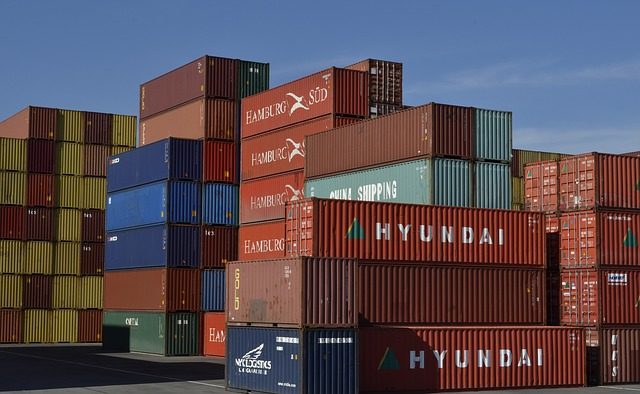The Philippine Bureau of Customs (BOC) on June 18 began pilot-testing the electronic transfer of consolidated containerized cargoes from the Port of Manila (POM) and Manila International Container Port (MICP) to off-dock container yard/container freight stations (CY/CFS).
Customs Commissioner Isidro Lapeña in a memorandum dated May 29 and signed June 8 ordered the strict implementation of the timely monitoring of the transfer of consolidated containerized cargo from POM and MICP “[i]n order to protect the interest of the government.”
The pilot implementation of BOC’s electronic-to-mobile (e2m) Electronic Transit Permit (EETP) and GPS-based Electronic Transit Cargo Monitoring System (ETCMS) is designed to replace the manual procedure and physical under guarding when transferring containers from the terminals to CY/CFS.
Association of Off-dock CY/CFS Operators of the Philippines (ACOP) president Alexander Ong told Asia Customs & Trade in a phone interview that they welcome the automation of the transfer procedure. All current CY/CFS operators, except one, are members of ACOP.
Ong said CFS operators are ready for the pilot implementation, as consultations and trial runs had been held during the time of former Customs commissioner Alberto Lina.
Ong said, however, that he plans to recommend that BOC have a designated number of GPS units per CFS to make sure GPS is readily available when needed, and to ensure easy tracking and return of such to customs. GPS is a requirement under ETCMS.
Under the memorandum, the e2m Transit Permit Single Administrative Document (P-SAD) will be lodged through the value-added service provider (VASP)/accredited information processor (AIP) front-end system. As of now, the VASP able to handle the lodgement is Cargo Data Exchange Center.
“P-SAD will be used instead of using the manual form Permit to Transfer to Outside CY-CFS,” the memorandum states.
The P-SAD will then be accessed and approved online by the deputy collector for operations through the e2m system.
The documentary stamp fee will have to be paid by the off-dock CY/CFS operator for each P-SAD processed, while the container security fee per container will be paid by the off-dock CY/CFS. The existing manual payment of documentary stamp and container security will be done in parallel with the new regulation, the memorandum notes.
Further, all transfers of consolidated containerized cargo from POM and MICP to off-dock CY/CFS will have to utilize P-SAD and GPS-based ETCMS for monitoring, audit, and inventory by the designated customs office. In connection with this, ETCMS should be indicated in the data field provided for customs guard; the name of the assigned customs guard should also be provided.
The requirement to under guard will be maintained as a “fail-safe” measure during the pilot stage “until such time the project is fully tested and institutionalized,” according to the memorandum.
The customs personnel assigned by the deputy collector for operations to under guard the transfer of container must submit a report to their respective deputy collector for operations on the actual time of departure from POM or MICP and arrival at the concerned off-dock CY/CFS.
The district collector will then provide a copy of the report to the Management Information System and Technology Group (MISTG) deputy commissioner to reconcile the report with data generated from the GPS-based ETCMS.
BOC will have system administration rights to the ETCMS and its database, the memorandum notes. It adds that the ETCMS control software will be installed onsite at the BOC Operations Center.
MISTG will ensure that the ETCMS database, including container transfer movements, Geographic Information System data, and electronic images, are aligned to current and future requirements of BOC’s Cargo Clearance System under the Customs Modernization and Tariff Act. – Roumina Pablo









